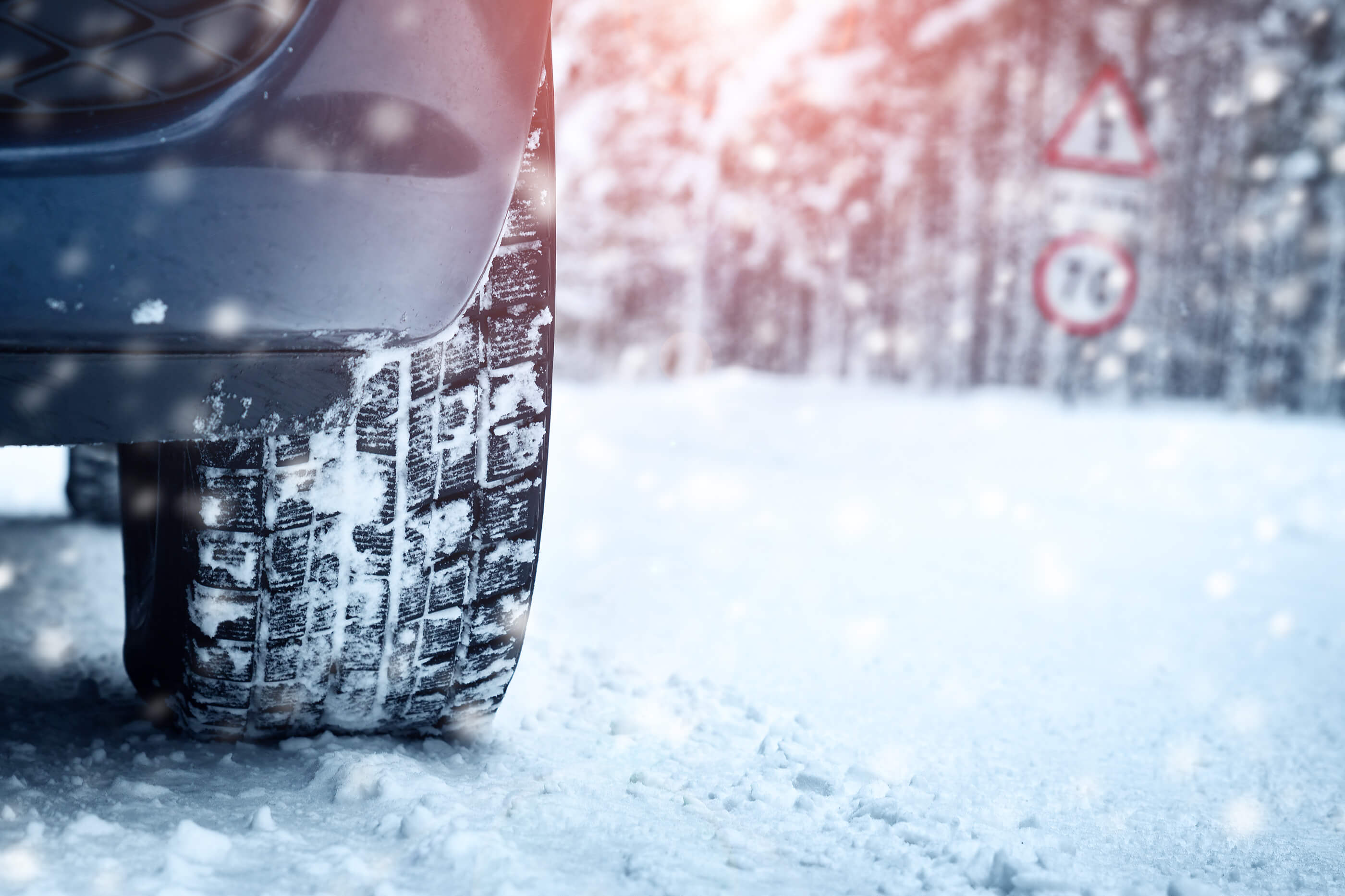Winter storms can range from a moderate snow over a few hours to a blizzard with blinding, wind-driven snow that lasts for several days. Many winter storms are accompanied by dangerously low temperatures and sometimes by strong winds, ice, sleet and freezing rain.
A primary concern during winter storms and extreme cold is commuting safely. Most businesses, events and activities will only close down during the worst storms or extreme temperatures during winter. When snow or icy roads are forecast, you should adjust your driving to suit the conditions. Black ice isn't always visible and can be an even greater hazard for both motorists and pedestrians. Black ice may be formed when rain or drizzle falls on a road surface that is at a temperature below 0 degrees Celsius.
Met Office Snow and Ice Warnings
The United Kingdom’s National Weather Service, the Met Office, provides up-to-date weather advisories and warns the public of severe or hazardous weather through its National Severe Weather Warning Service. Warnings are given a colour (Green, Yellow, Amber or Red) based on the combination of both the likelihood of the severe weather event occurring and the impact the weather conditions may have. Make sure you check your local weather forecast to find out whether the Met Office has released any warnings for your area. You can also find the latest warnings at www.metoffice.gov.uk
The Met Office provides the following examples what to expect when snow and ice storms strike.
Very Low Threat (Green)
Low Threat (Yellow)
Medium Threat (Amber)
High Threat (Red)
If the Met Office issues a warning for snow and ice storms in your area, make sure you are prepared. Use the following tips and hints to help ensure your safety.
Before a Snow or Ice Storm
Update the emergency kit in your vehicle with the following:
A shovel, Windscreen scraper and small broom, Torch, Battery-powered radio, Extra batteries, Water, Non-perishable snack food, Matches, Extra winter, clothing and boots, First aid kit with pocket knife, Necessary medications, Blanket(s), Tow chain or rope, Road grit or cat litter to place on paths and driveways to lessen the risk of slipping, Booster cables, Fluorescent distress flag
During a Snow or Ice Storm
- Avoid travel if possible.
- If you must travel, check the Highway Code Guide: Driving in Adverse Weather Conditions (www.gov.uk/driving-adverse-weather-conditions-226-to-237) for advice on driving in snow and icy weather. Advice includes the following:
- If trapped in a vehicle:
- If you go outside, wear several layers of clothing and stay dry to prevent loss of body heat.
- Watch for signs of hypothermia, including uncontrollable shivering, slurred speech, memory lapse, drowsiness and frostbite. Keep your arms and legs moving to help blood circulate.
After a Snow or Ice Storm
- Exercise extreme caution when driving or walking on compacted snow—it may have turned to ice.
- Take extra care when shovelling snow. Cold air makes it harder to work and breathe, which can add extra strain on the body.
Stay safe when severe weather strikes by being prepared and checking weather forecasts and warnings.

